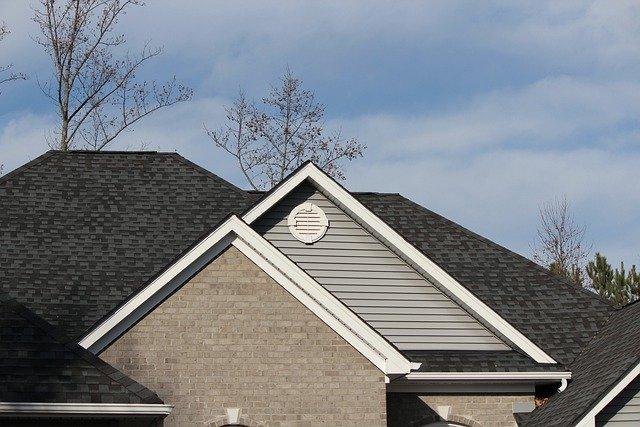When it comes to home maintenance and improvement, one often-overlooked aspect is the roof. The roof of your house plays a crucial role in protecting your family and possessions from the elements, so ensuring it’s in top condition is essential. In California, like many other places, there are specific regulations regarding roofing materials and installation. One of the common questions that homeowners ask is, “How many layers of roof shingles are allowed in California?” In this article, we will delve into this topic and provide you with the information you need to keep your California home safe and in compliance with local regulations.

Understanding California Roofing Regulations
California, with its diverse climate and weather patterns, has specific roofing regulations in place to ensure that homes can withstand various environmental challenges. These regulations are in line with the California Building Code (CBC), which is based on the International Building Code (IBC). The number of layers of roof shingles allowed in California is a vital aspect of these regulations.
Single Layer Shingles
In California, the general rule is that residential roofs should have only one layer of roofing shingles. This means that if your current roof has only one layer of shingles, you can generally re-roof with another layer of shingles without any issues. However, there are some important exceptions and considerations to keep in mind.
Exception for Overlaying Shingles
While the one-layer rule is typical, it is possible to add a second layer of shingles under specific conditions. This process is often referred to as overlaying or re-roofing. Overlaying can save homeowners time and money by eliminating the need to strip off the existing layer. It is essential to understand when and how this can be done in California.
- Roof Condition: Overlaying is generally allowed if the existing roof is in reasonably good condition. If there is significant damage or deterioration on the existing shingles or roof structure, it’s advisable to remove the old shingles before installing new ones.
- Weight Considerations: California’s building codes restrict the weight that your roof can bear. Adding another layer of shingles increases the load on your roof. It’s crucial to ensure that your roof structure can support the additional weight.
- Local Regulations: Different local jurisdictions in California may have specific rules and guidelines regarding the number of allowable roof shingle layers. Always check with your local building department to ensure compliance.
Tear-Off and Inspection
In some cases, local building codes may mandate a complete tear-off of the old shingles before installing new ones. This ensures the roof structure, including sheathing, is in good condition and free from hidden issues. Tear-off allows a thorough inspection, revealing potential problems hidden under old shingles.
Title Reiteration
In summary, understanding how many layers of roof shingles are allowed in California is crucial for homeowners looking to maintain or replace their roofing. The general rule is one layer of shingles, but exceptions can be made for overlaying shingles under specific conditions. Always consider the current condition of your roof, weight limits, and local regulations when planning your roofing project.
Conclusion
Maintaining a safe, sturdy roof is crucial for California homeowners due to changing weather patterns and the need to protect family and belongings. Understanding local roofing regulations is essential, including the common question of how many layers of roof shingles are allowed. In California, the general rule is one layer, with exceptions for specific situations. Adhering to these regulations and consulting local authorities ensures your home’s protection and compliance with building codes. A solid roof is integral to your property’s value and structural integrity.



Leave a Reply